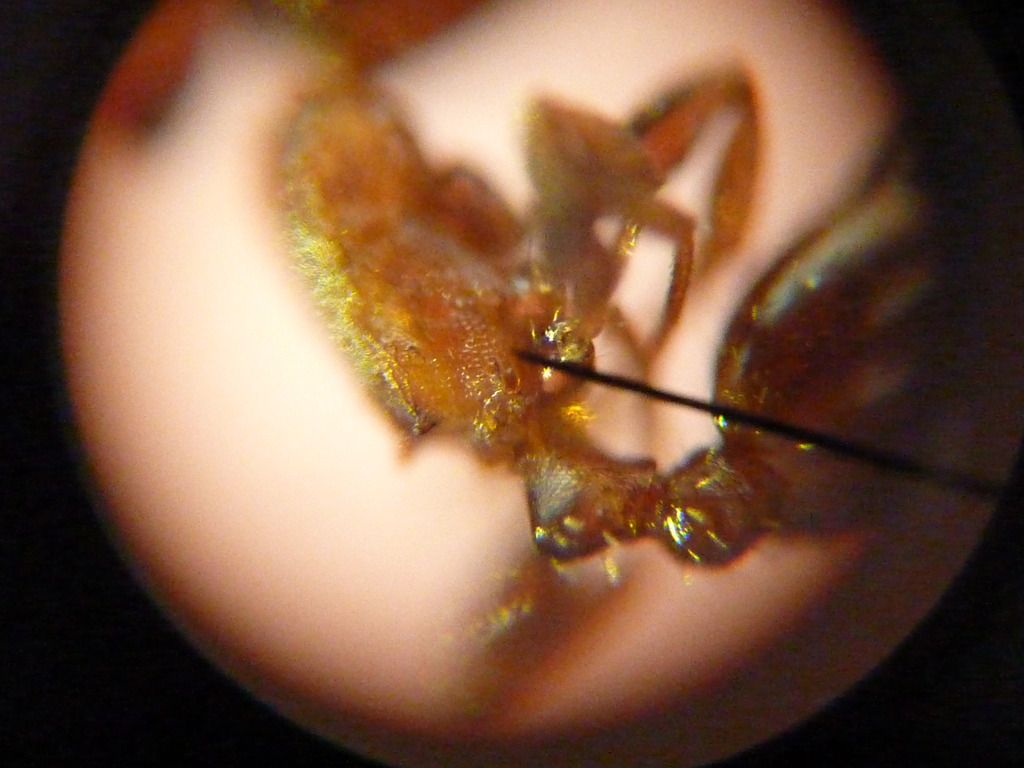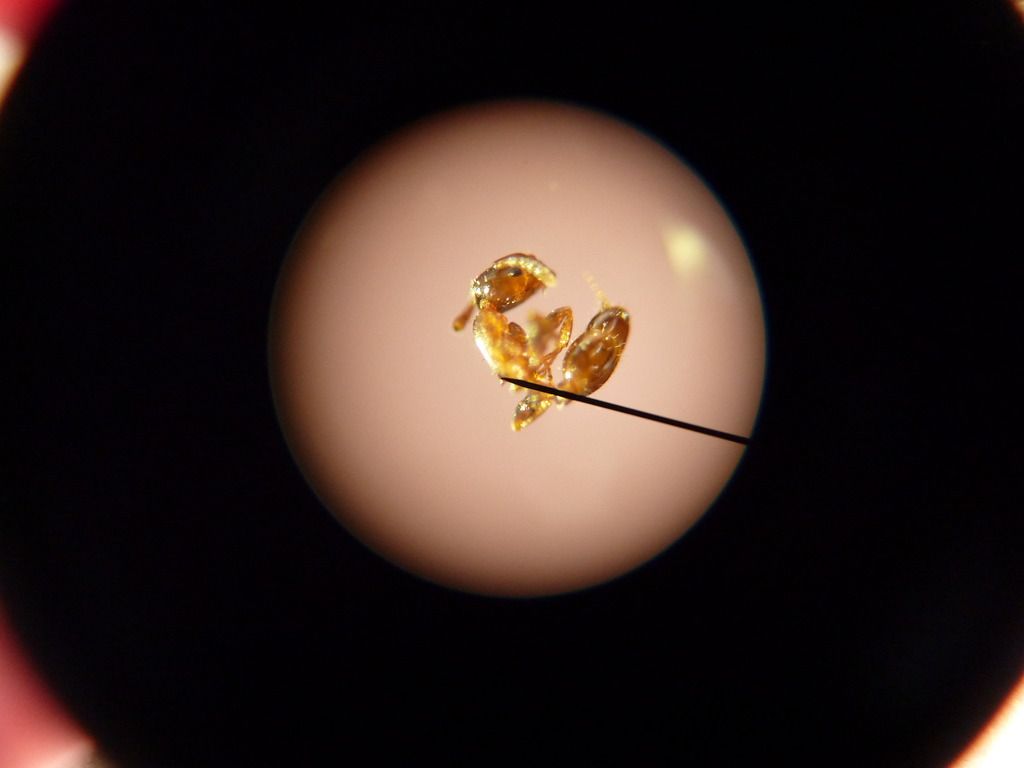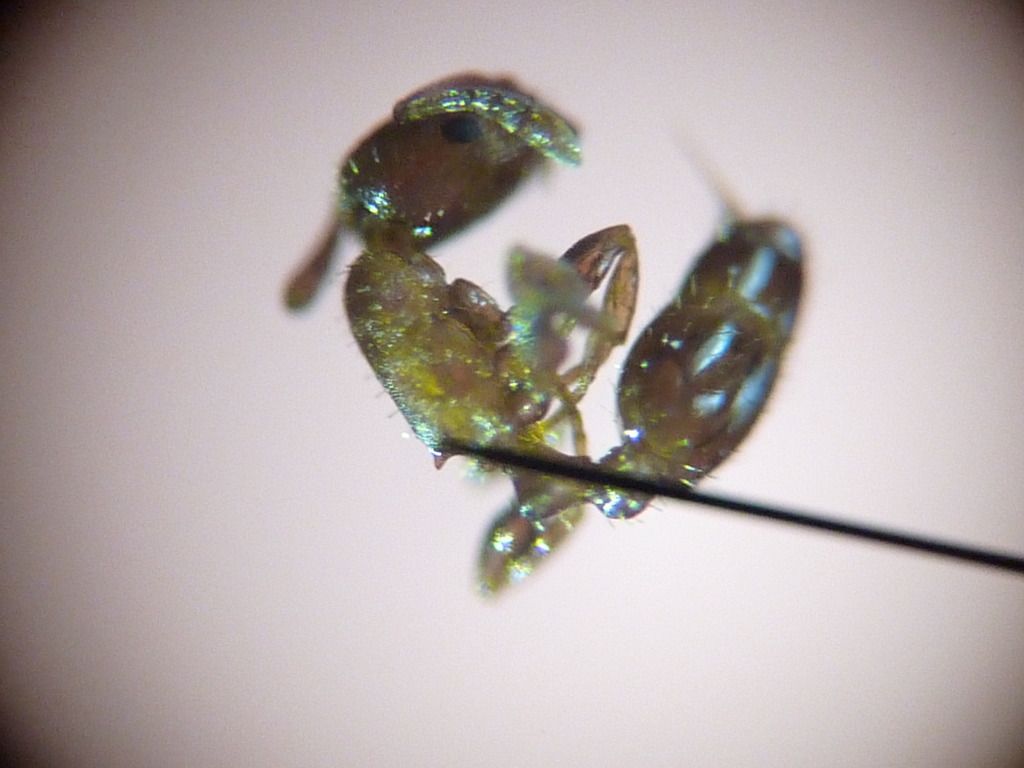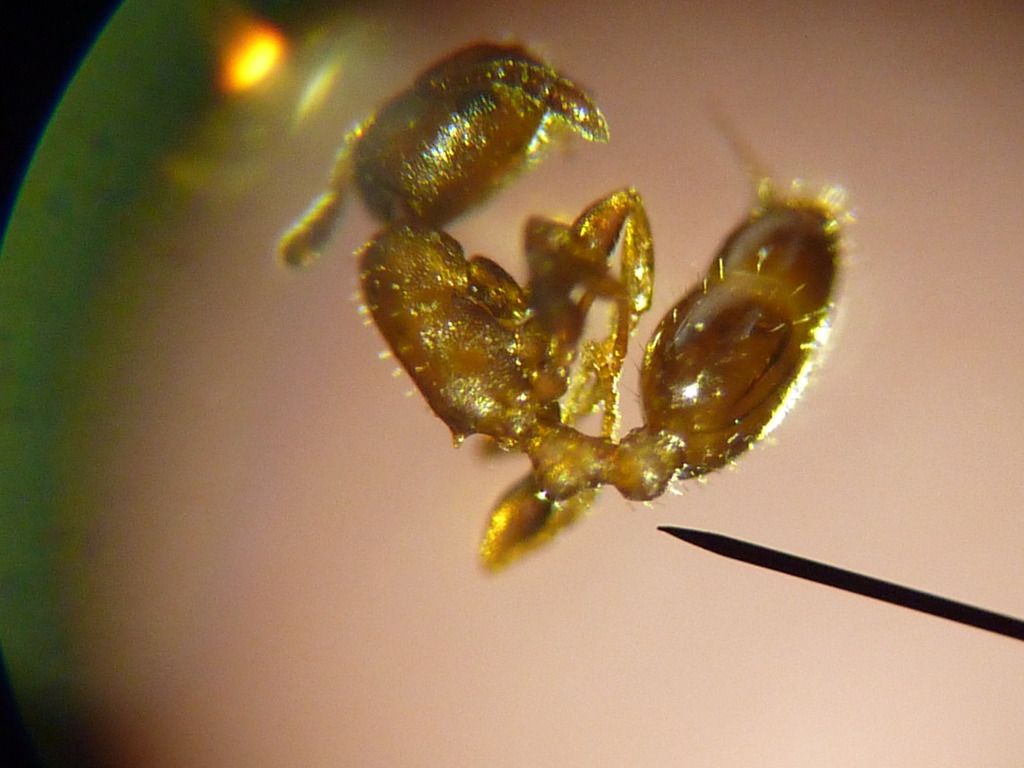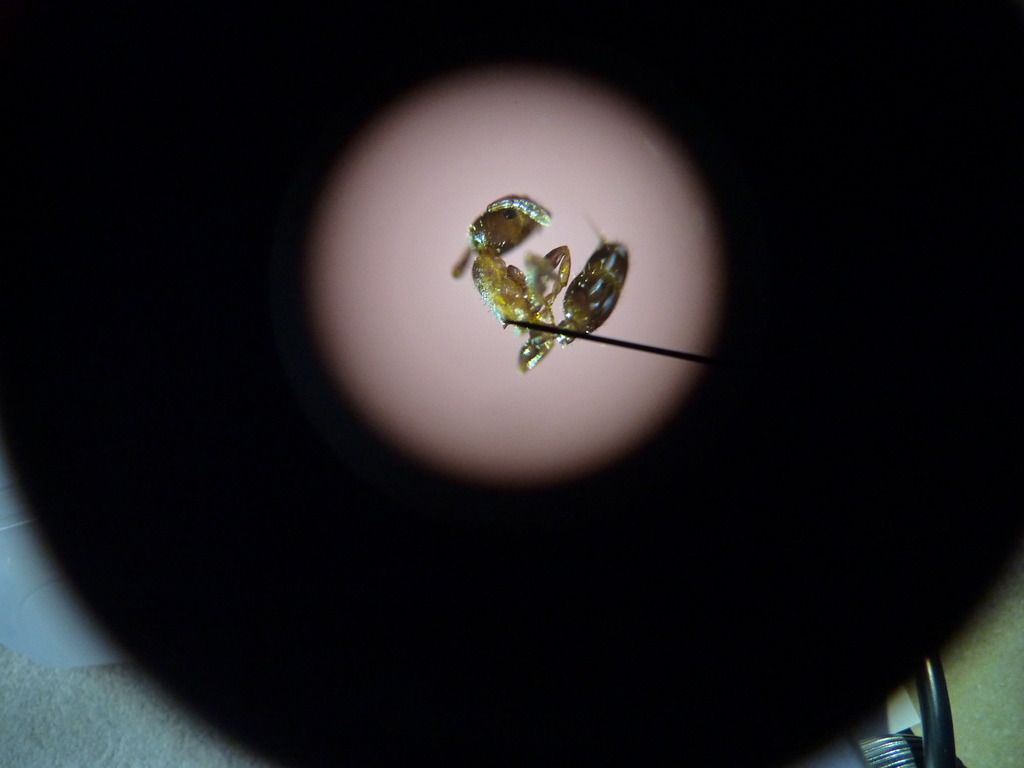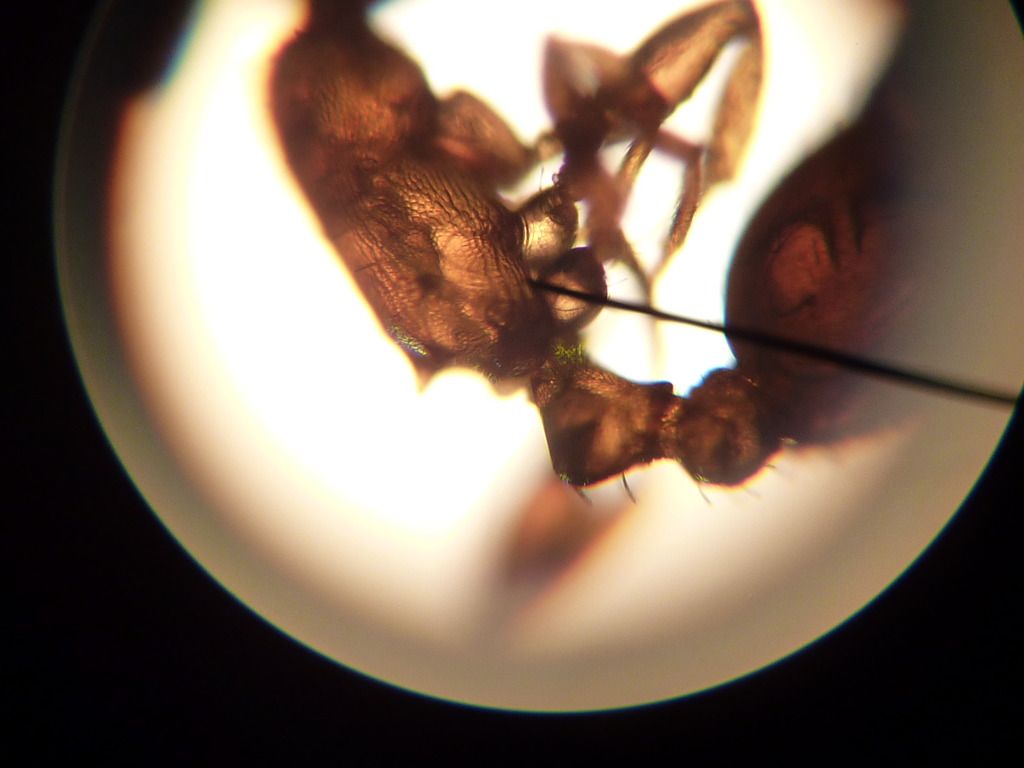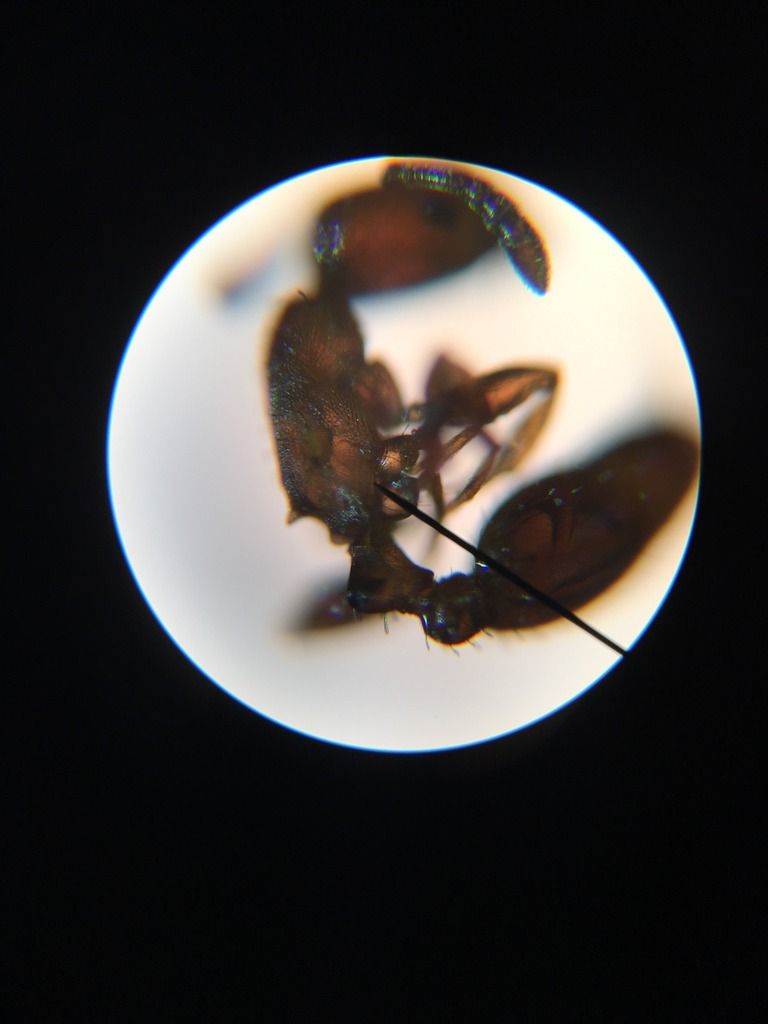1. Location of collection: Ambler, PA
2. Date of collection: 2/29/17
3. Habitat of collection: Front Yard, drinking sugar water (located on both ash and oak trees)
4. Length (from head to gaster): ~2.5 mm
5. Color, hue, pattern and texture: Bright red/orange in shade, very bright orange/yellow in sun. Some workers had very dark (close to black) gasters.
6. Distinguishing characteristics: Postpetiole present.
7. Distinguishing behavior: Found foraging very closely to where C. pennsylvanicus and (either) C. nearcticus or C. caryae workers were foraging. For some workers, the wokers seemed to do most things in pairs- they followed each other around, and foraged with partners.
8. Nest description: Tiny holes in weak (not dead) tree bark.
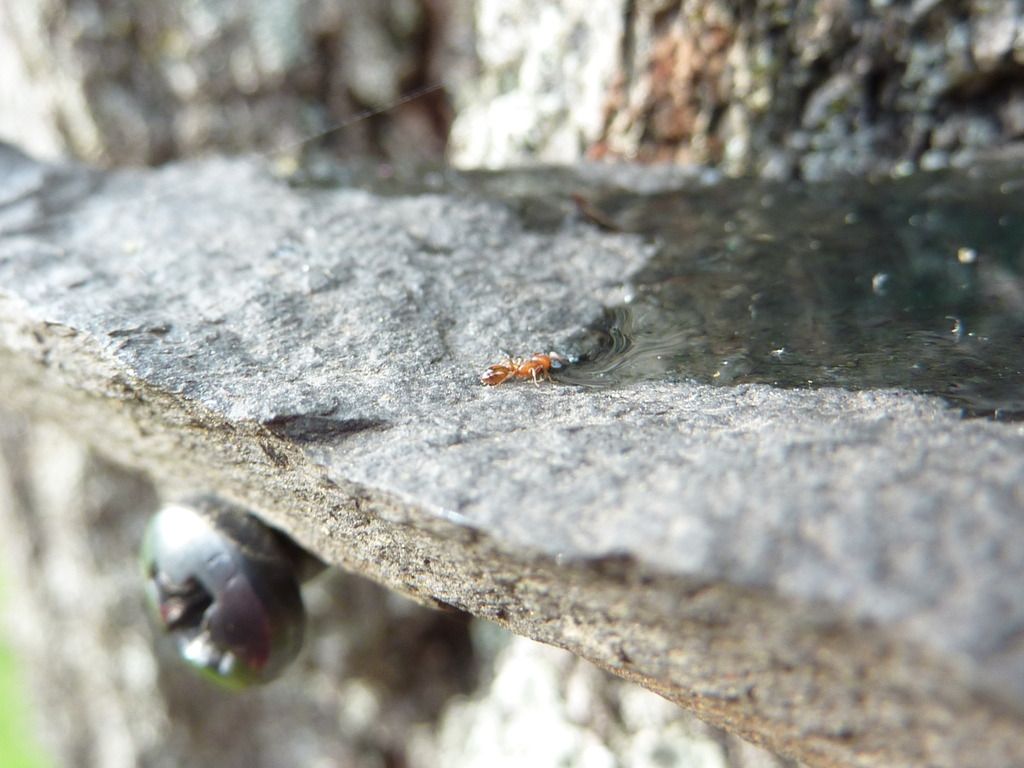
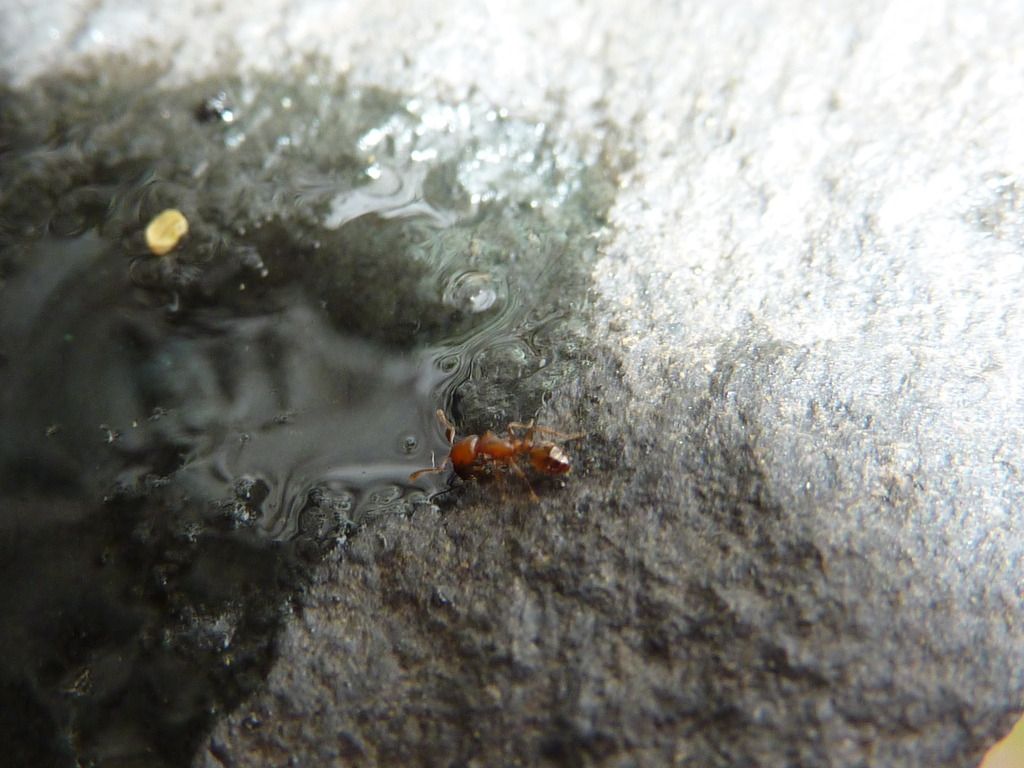
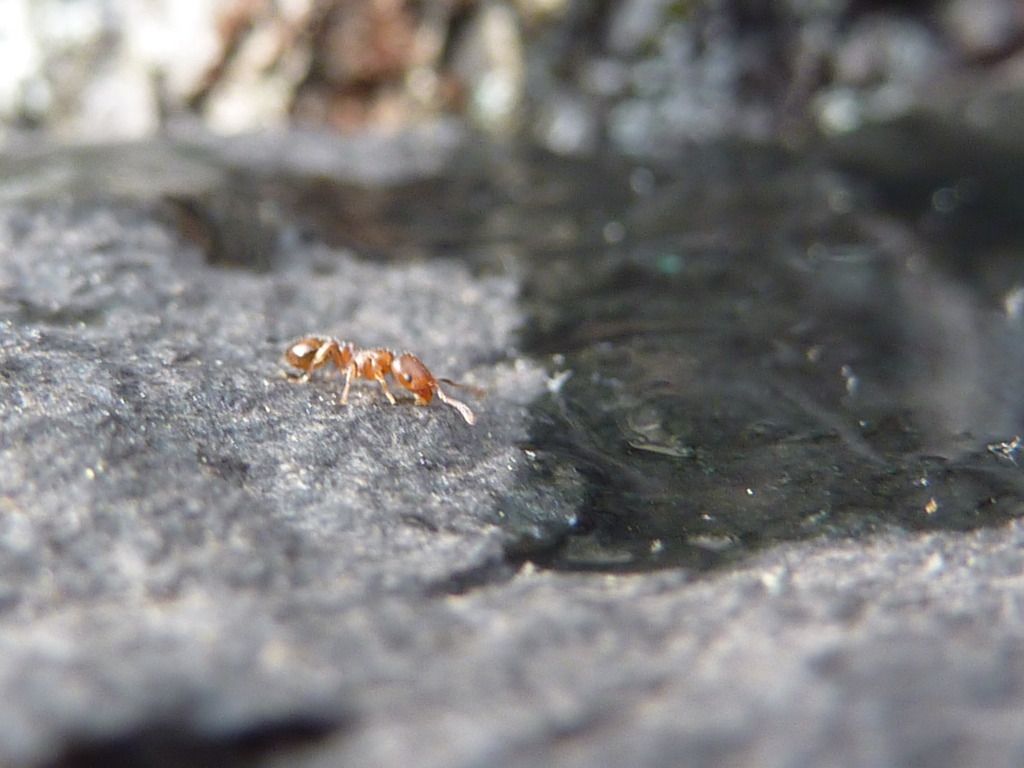
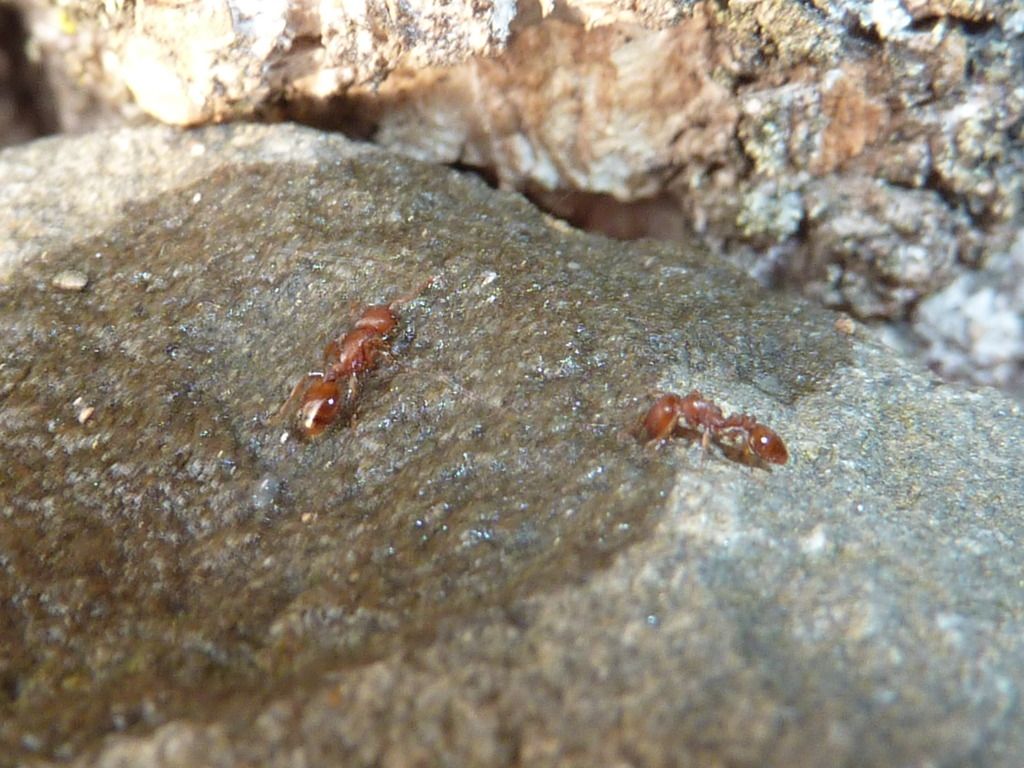
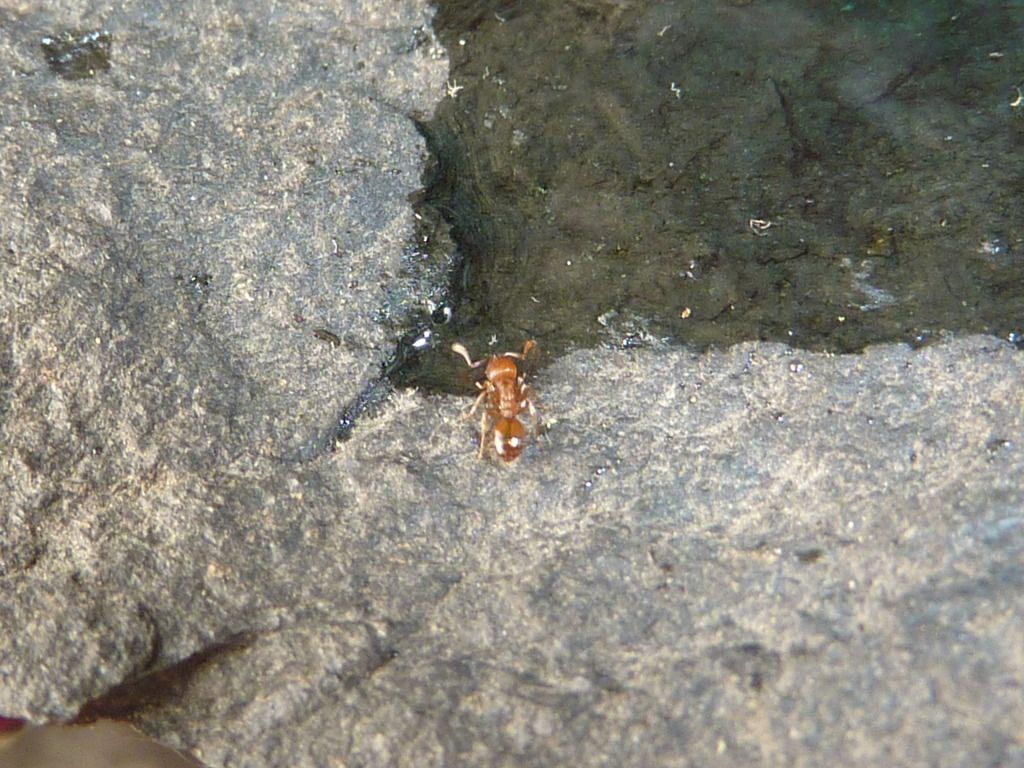
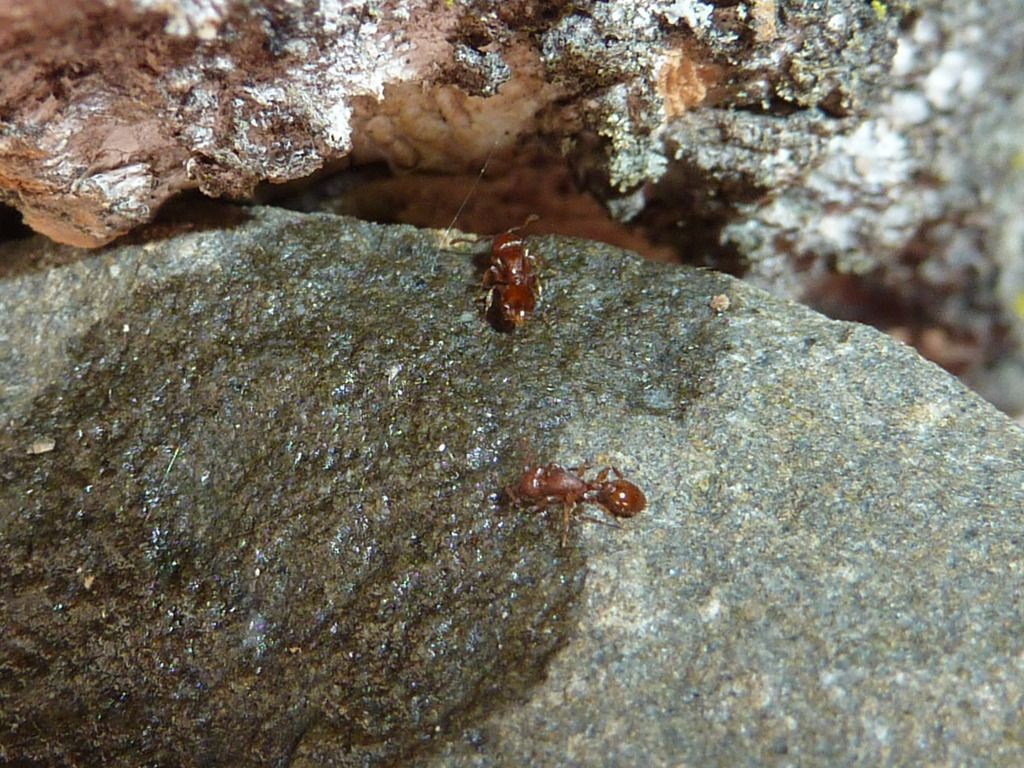
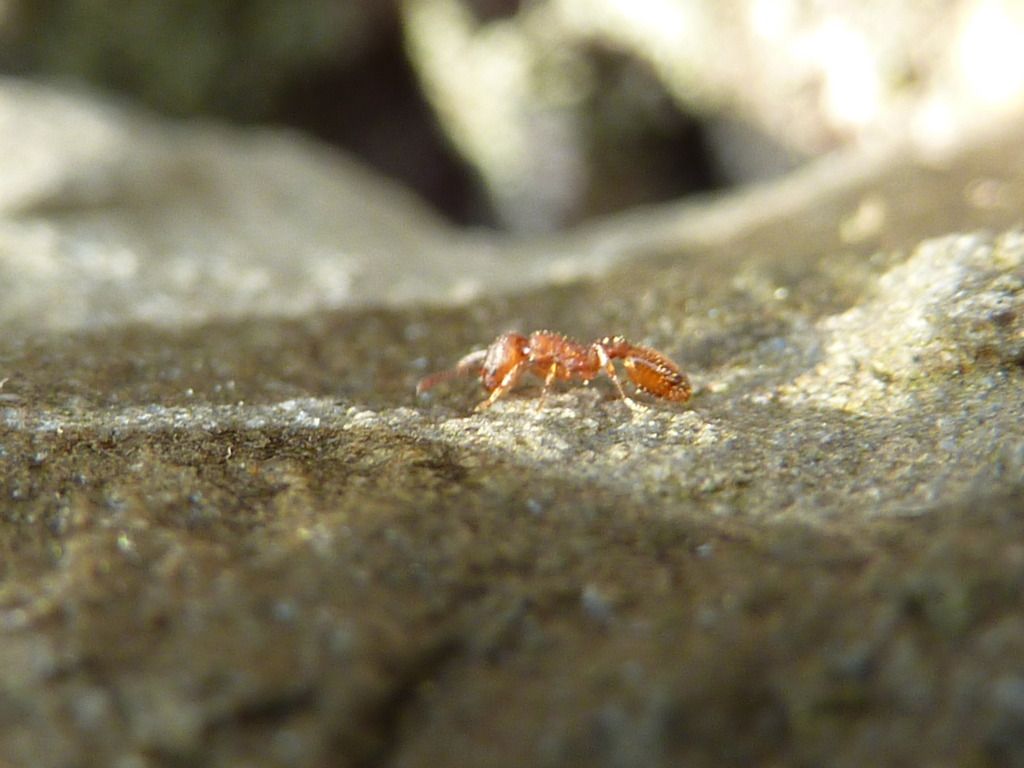
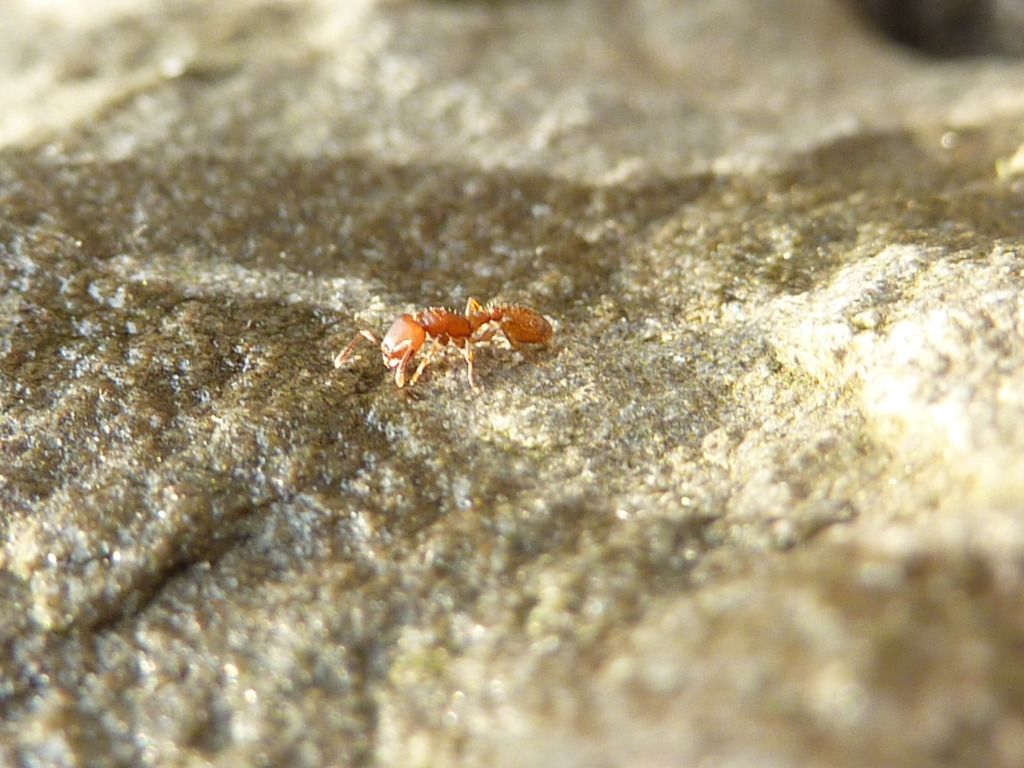
note: Sorry the pictures aren't incredibly clear, still experimenting with this camera a little.






